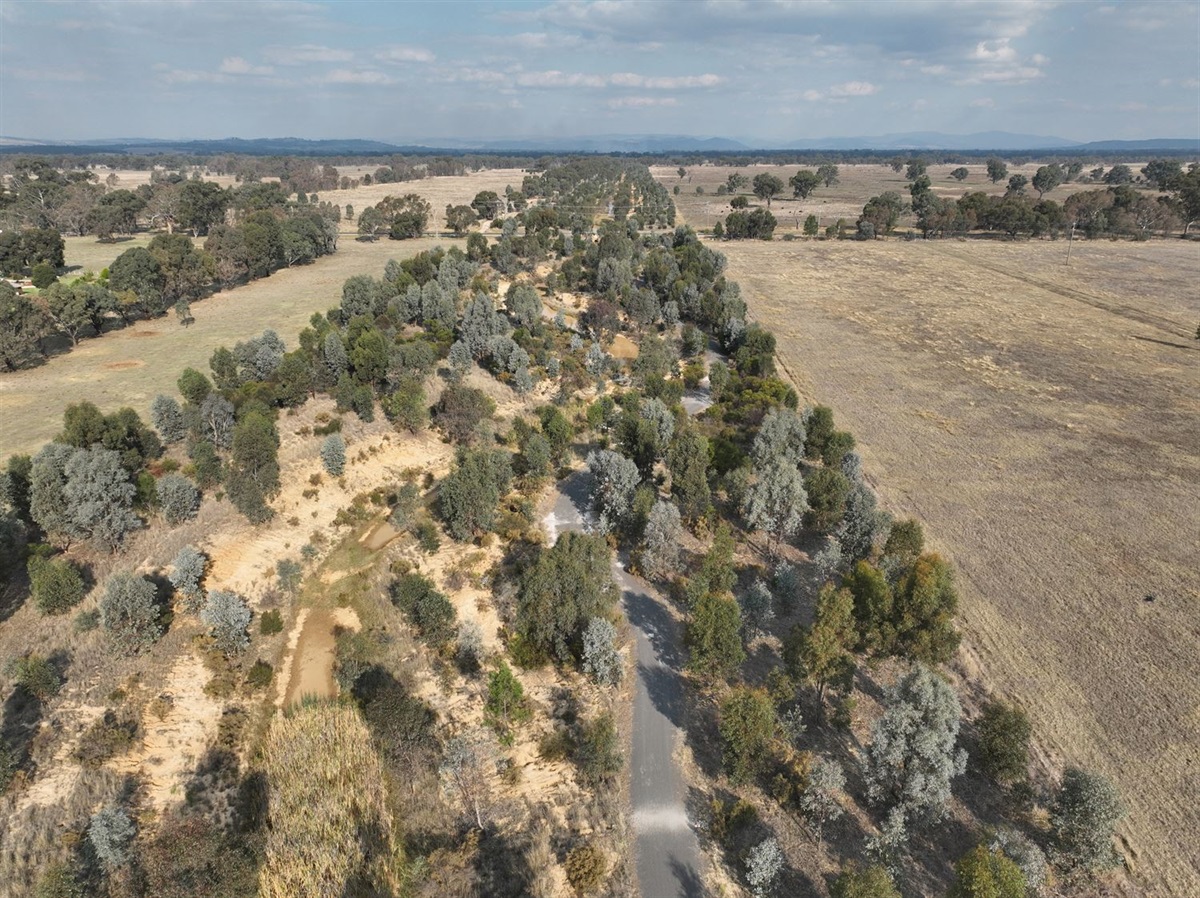Building on 2018-2020 research projects and sector consultations, Austrade recently partnered with Edified to develop new digital student journey mapping research. This new research now underpins our development of digital services, including an ongoing commitment to building a common digital platform for all audiences and stakeholders at the Study Australia website.
Student journey mapping seeks to understand the stages of the student journey in terms of what the student does, what they think about and who they are influenced by, as they move towards making a decision on their education. Accordingly, this project has sought to identify key opportunities for government and providers alike to engage with prospective students, and support their information needs, at various stages in their decision making pathway.
The need for a journey mapping project
The international education sector has undergone rapid and significant change over the past 18 months, and it is important that we continuously review and improve Austrade services. In part one of this series we cover what a student journey map is and its importance in our work.
What is a student journey map?
A student journey map is a visual representation of each phase a student or decision-maker experiences when deciding on an international education. It is also a research tool that provides users with a better understanding and appreciation of:
- Target student personas: A fictional student profile created to represent a certain segment of the student population. This may include demographic information (gender, age, and income level) as well as psychographic and motivational details (hopes, fears and goals). A student persona brings a realistic anchor to the mapping content, without being a specific analogy of a single student.
- Phases: The general student journey stages from Awareness (becoming aware of overseas study) to Alumni (entering the workforce and building a career, and possibly undertaking further studies/lifelong learning, short courses and professional development).
- Student mindsets and attributes: What the student is thinking, feeling and doing at each stage, including what they’re attracted to or excited by, and what concerns or frustrations they may be experiencing.
- Touchpoints: Every point of contact a prospect may engage with when taking the steps to study in or with Australia, including their information needs, the people that influence them and who they interact with at each phase of the journey.
- Opportunities: Identified tactics which would result in how we want them to feel and what we want them to say. This could include marketing and communication tactics, student support services and policy changes.
The benefits of using student journey mapping in strategic planning
Student journey mapping facilitates a user-centred approach where an explicit understanding of a target audience, their needs, actions and environment drives decisions or organisational strategic goals. It allows us to pinpoint the exact measures we, as government and providers, need to take to in order to better understand and support the student experience.
How Study Australia initiatives have been informed by student journey mapping research
Student journey mapping research continues to underpin Austrade’s Study Australia’s digital transformation agenda. Our Digital Education Hub project will see a series of integrated digital services developed to improve user experience and engagement for students, parents, agents, providers and sector stakeholders.
The Digital Education Hub project aims to:
- facilitate the student decision making process
- drive more high-quality students studying in and with Australia
- improve promotional efforts and return on investment for stakeholders
The Digital Education Hub will also include new Study Australia website features, including:
- integrated digital campaigns
- improved digital content via studyaustralia.gov.au
- student digital resources including Australia’s only comprehensive course search tool
- a new Employability Hub
- links to virtual events, and
- a new Partner Portal for providers and agents.
There is great potential to increase market share and secure a pipeline of students (qualified leads) using this research.
This project has explored how a superior experience for prospective students can be achieved collaboratively by executing high-impact marketing campaigns, optimising and integrating digital channels, building online tools and creating an interactive web experience to boost student engagement at each phase of the student journey.
Next time
In part two of this series, we will be sharing a new research paper designed to support government and providers to better understand digital student needs, improve the provision of relevant and timely information at every stage of the student journey, and generate qualified student leads for Australian education providers







